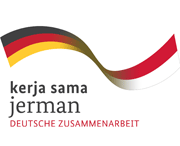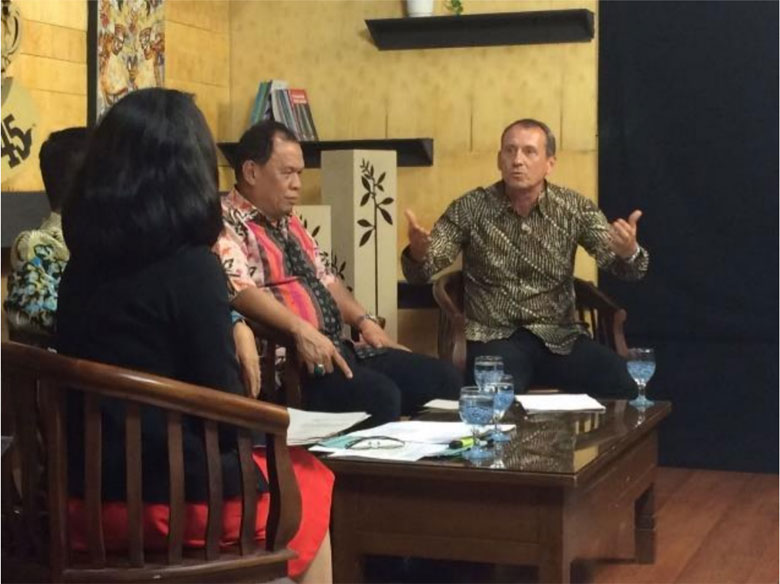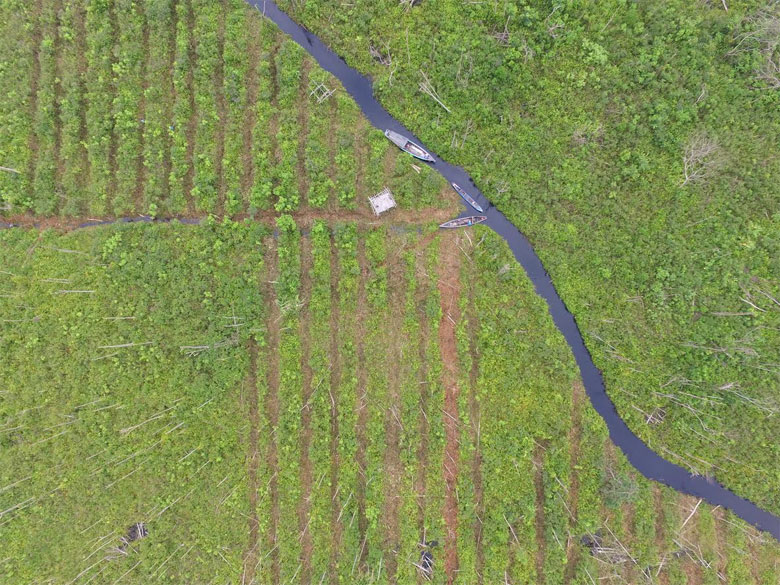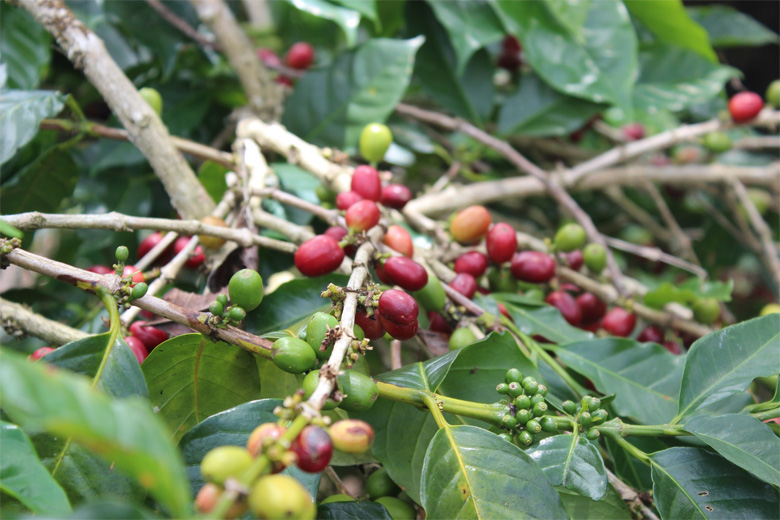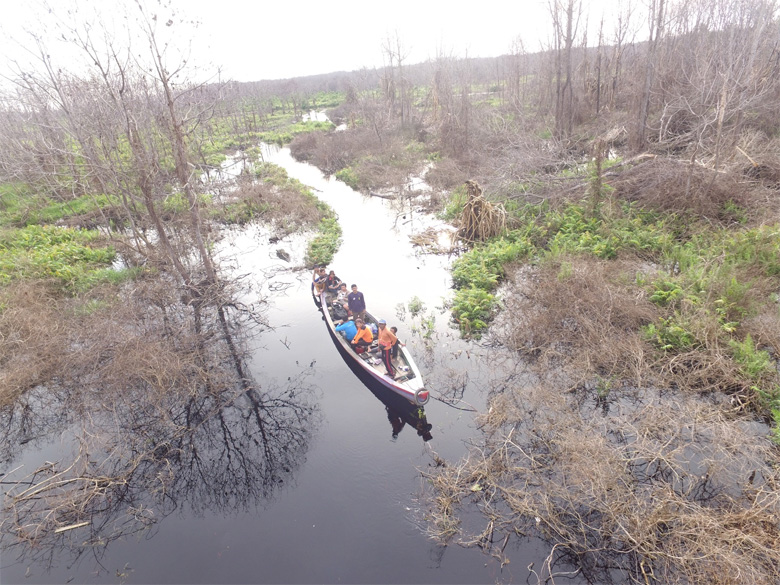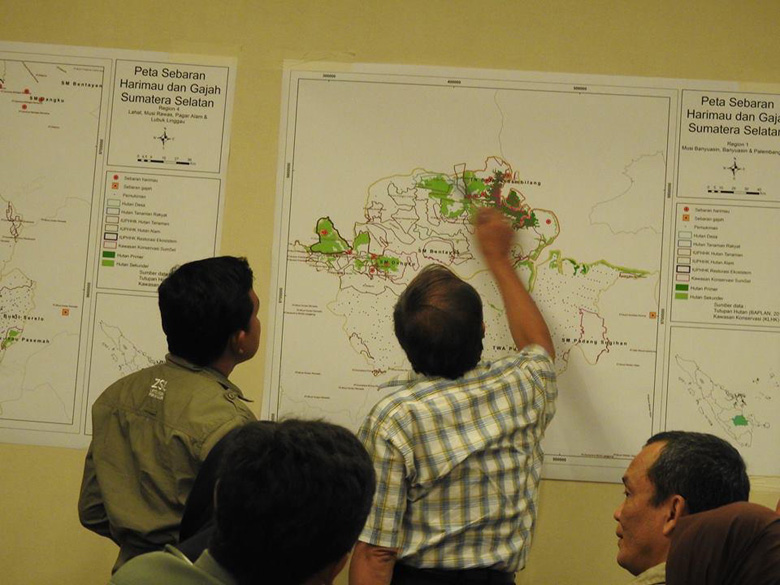Indonesia's Strategies to Combat Climate Change and Loss of its Biodiversity
The country was one of the first countries to develop a Biodiversity Action Plan (IBAP). The plan was adopted in 1991 and published in 1993. Implementing it in the context of an authoritarian regime meant that stakeholder commitment, understanding and support were inadequate. The plan itself still had shortcomings, not least that it focused on protected area and species conservation and made little provision for other vital biodiversity management needs.
The country ratified the United Nations Convention on Biological Diversity (UNCBD) in 1994.
In 2001, the Government of Indonesia decided to do the following:
- review the successes and weaknesses of the 1991 IBAP;
- determine the effectiveness of current national policies, laws and institutional processes for biodiversity conservation;
- identify the obstacles to biodiversity protection and the options for its conservation and wise use; and
- define strategies appropriate to the new social and economic realities facing Indonesia.
In 2003 a second plan (the Indonesia Biodiversity Strategy Action Plan, IBSAP) has been developed. Dramatic changes in government policy have since provided opportunities for wider stakeholder participation and greater responsibility for biodiversity management at provincial and community levels.
On 22 April 2015, Indonesia introduced its new and revised Indonesia Biodiversity Strategy and Action Plan, IBSAP, 2015-2020
The Law on Regional Autonomy and Decentralisation (1999) gives provinces and districts major roles, tasks and responsibilities in development planning, implementation and mangement of natural resource management. The management and conservation of biodiversity now rests largely with these and lower levels of government. However, Law No. 23 of 2014 takes back part of the responsibilities from the districts, now concentrating forest governance at the provincial level.
Indonesia has ratified the United Nations Framework on Climate Change (UNFCC) in 1994
The country has begun to integrate climate change mitigation into development planning, producing “Indonesia’s Response to Climate Change” as well as sector-specific “roadmaps” and mitigation action plans.
In October 2007, the GoI created its National Action Plan on Climate Change (RAN-PI, 2007), aiming to achieve a low carbon economy in the long term and to turn the forest area from a source of CO2 emissions into a 'carbon sink'.
RENSTRA (Rencana Nasional): The GoI has designed a sectoral strategy (five-year-action plan) for 2015 - 2019 with priority on forest management reform, conserving biodiversity, strengthen the rights of forest-depending local communities and law enforcement measures.
RAN/RAD-GRK: The GoI has developed a National and provincial action plan to reduce greenhouse gases.
The GoI, in the context of the UN Framework Convention on Climate Change (UNFCCC), has committed to reducing its greenhouse gas emissions unilaterally by 26% of “business as usual” levels by 2020, and by 41% with sufficient international support.
